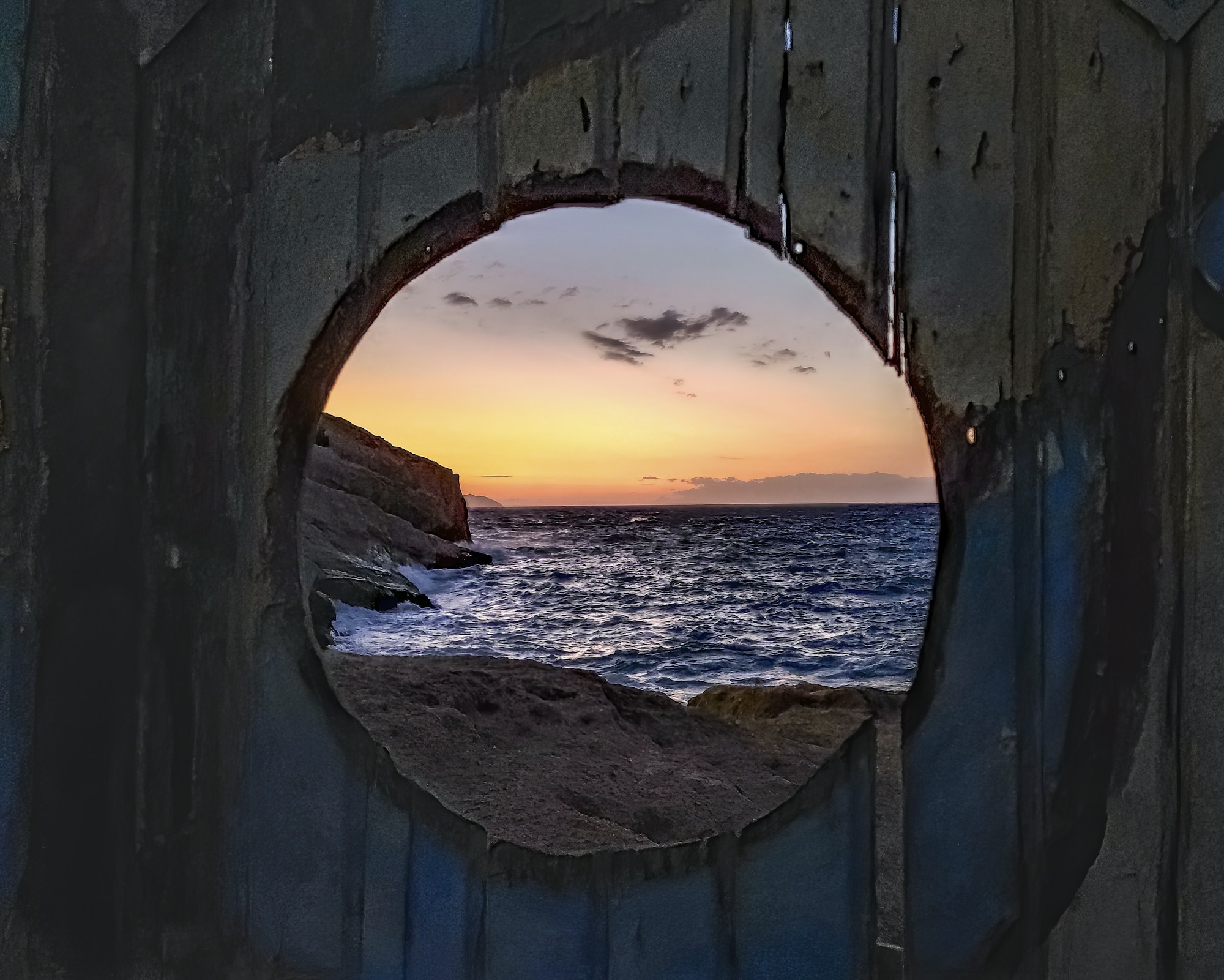What to See and Weather Guide for Matala, Greece
Explore Matala, Greece- marvel at its natural beauty, historical sites, and enjoy its ideal Mediterranean climate. A perfect vacation spot.

Introduction to Matala, Greece
Matala, situated on the beautiful Greek island of Crete, is a charming resort village steeped in rich history. Its crystal clear blue waters and iconic sandstone caves have been drawing people from around the world since ancient times.
What to See
- The Caves of Matala: A must-visit spot, the sandstone caves were used as tombs in the Neolithic Age. They were also famously occupied by 'hippies' in the 1960s.
- Matala Beach: The central beach of Matala is perfect for relaxing, swimming, and snorkeling. Its blue flag status affirms its crystal clear waters and cleanliness.
- The Roman Cemetery: Just outside the village, it offers a glimpse into the past where Roman citizens were laid to rest.
- Archaeological Site of Phaistos: A short drive away from Matala, this ancient Minoan palace is worth a visit for those interested in archeology and history.
Weather Guide for Matala, Greece
Matala enjoys a Mediterranean climate, which means it experiences sunny and dry summers, and mild, rainy winters.
Spring (March - May)
Temperatures gradually rise during spring, with highs of around 24°C in May. Rainfall starts to decrease, making this a good time to visit for pleasant weather. Pack a light jacket for cooler evenings.
Summer (June - August)
Summers in Matala are typically hot and dry, with average highs around 29°C – 31°C. This is the perfect time for beach activities. Don't forget your sunblock and beachwear!
Autumn (September - November)
In the autumn, the weather starts to cool with temperatures ranging between 20°C and 28°C. There might be some rainfall, so pack an umbrella along with your swimwear.
Winter (December - February)
Winters are mild in Matala, with temperatures usually between 15°C and 17°C during the day, and around 10°C at night. Rain is more common in winter, so waterproof coats will come in handy.
